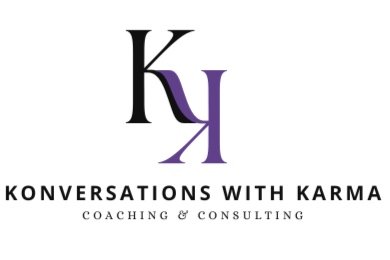Reflection and Vision: A Leader's Guide to Embracing the Future
As leaders, the end of a year and the beginning of another is more than a mere change of dates. It's an opportunity for profound reflection and visionary planning. While our recently shared newsletter provides individual insights, this blog post focuses on how leaders can leverage these concepts for both personal growth and organizational development.
The Power of Reflection in Leadership
Looking Back to Move Forward: Reflecting on the past year is essential for leaders. It's about understanding what worked, what didn’t, and why. This exercise isn’t just about celebrating successes; it's also about learning from mistakes. By acknowledging both, leaders can cultivate a culture of continuous improvement and resilience within their teams.
Key Reflection Questions for Leaders:
1. What were our key achievements, and what role did my leadership play in these?
2. What setbacks did we encounter, and how did we respond?
3. In what ways have I grown as a leader, and how has my growth impacted my team and organization?
Visionary Leadership: Crafting a Future Vision
Creating a Compelling Vision: A leader’s role in visioning is pivotal. It’s about setting a clear, compelling vision that not only aligns with organizational goals but also resonates with the team. A vision should be inspiring, yet attainable; ambitious, yet grounded in reality.
Strategies for Visionary Planning:
1. Involve Your Team: Engage your team in the visioning process. This inclusion fosters a sense of ownership and alignment with the organizational goals.
2. Be Clear and Consistent: Ensure that your vision is communicated clearly and consistently. Ambiguity can lead to misalignment and confusion.
3. Link Vision to Action: Break down the vision into actionable goals. This helps in translating abstract ideas into concrete steps.
Integrating Reflection and Vision in Leadership
Balancing Past Insights and Future Aspirations: The true art of leadership lies in balancing reflection with vision. Understanding the lessons from the past year while focusing on the future is essential for effective leadership.
1. Learn from the Past, Plan for the Future: Use insights from your reflections to inform your visioning. This approach ensures that future plans are built on real experiences and learnings.
2. Celebrate and Motivate: Recognize the achievements and challenges of the past year with your team, and use this as a springboard to motivate them towards the vision for the upcoming year.
Personal Reflection and Vision as a Leader
Apart from organizational reflection and visioning, it's important for leaders to focus on personal growth and development.
1. Personal Leadership Vision: Define what kind of leader you want to be in the coming year. Consider aspects like leadership style, communication, emotional intelligence, and decision-making.
2. Self-Care and Resilience: Incorporate practices that support your well-being and resilience. A leader who is well-rested, emotionally balanced, and mentally sharp is more effective.
As leaders, the dual process of reflection and visioning is not just a yearly ritual but a continual practice that fuels our growth and the advancement of our teams and organizations. By embracing the lessons of the past and setting a clear, actionable path for the future, we position ourselves, and those we lead, for success and fulfillment.
As we step into the new year, let's commit to leading with insight, intention, and inspiration. Remember, the journey of leadership is ongoing – every step, every reflection, every vision counts.
Here's to a reflective and visionary year ahead!

